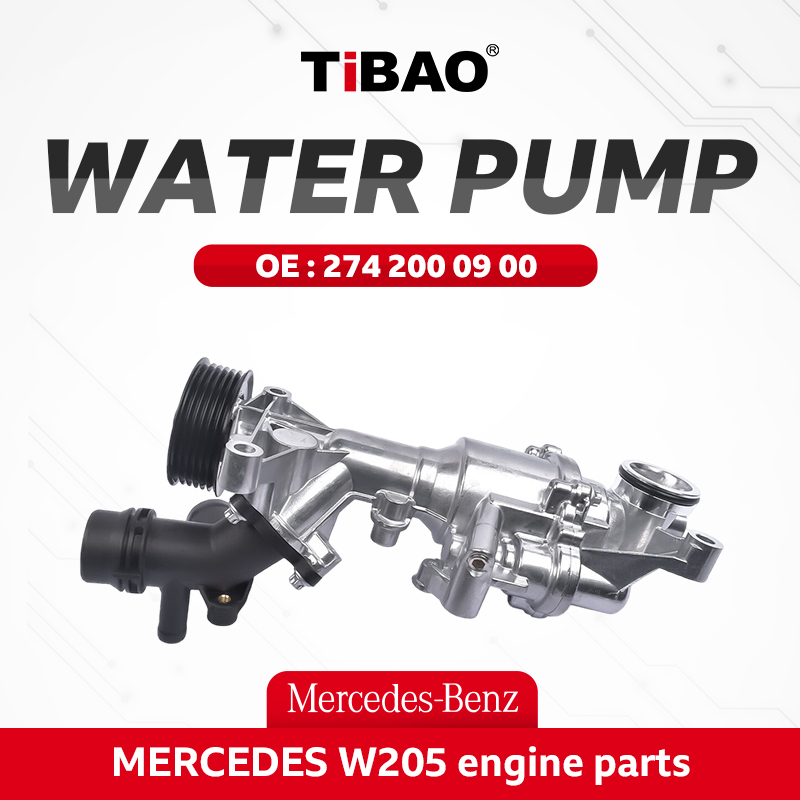Download the Mercedes parts catalog in PDF format
 The Mercedes-Benz parts catalog plays a vital role in maintaining, repairing, and upgrading vehicles. Here are its key purposes:
The Mercedes-Benz parts catalog plays a vital role in maintaining, repairing, and upgrading vehicles. Here are its key purposes:
Provides Detailed Information on Parts: Specifications and Models: Lists part names, numbers, dimensions, and compatible models. Compatibility: Ensures the selected part is suitable for specific Mercedes-Benz models and years.
When it comes to
Mercedes-Benz parts, you generally have two main options:
OEM (Original Equipment Manufacturer) and
Aftermarket parts. Here’s a detailed comparison to help you understand the differences and make an informed choice:
1. OEM (Original Equipment Manufacturer) Parts
OEM parts are manufactured by the same companies that produce components for Mercedes-Benz vehicles. These are typically sold through authorized Mercedes-Benz dealerships or service centers.
Advantages of OEM Parts:
- Perfect Fit: Designed specifically for Mercedes-Benz vehicles, ensuring a seamless fit.
- High Quality: Manufactured to meet Mercedes-Benz's exact standards.
- Warranty: Typically come with a warranty from Mercedes-Benz (commonly 1-2 years).
- Resale Value: Using OEM parts can help maintain your car's resale value.
2. Aftermarket Parts
Aftermarket parts are made by third-party manufacturers and are not directly associated with Mercedes-Benz. They are designed to fit multiple vehicles, including Mercedes models.
Advantages of Aftermarket Parts:
- Lower Cost: Typically more affordable than OEM parts.
- Variety: Offers a wide range of options, including performance upgrades or alternatives.
- Easier Access: Often available from various retailers and Tibao online stores.
Tips for Buying Mercedes-Benz Parts
- Always check the compatibility of the part with your specific model and year.
If you’re looking for recommendations or specific part numbers, let me know your Mercedes-Benz model and year, and I can help!